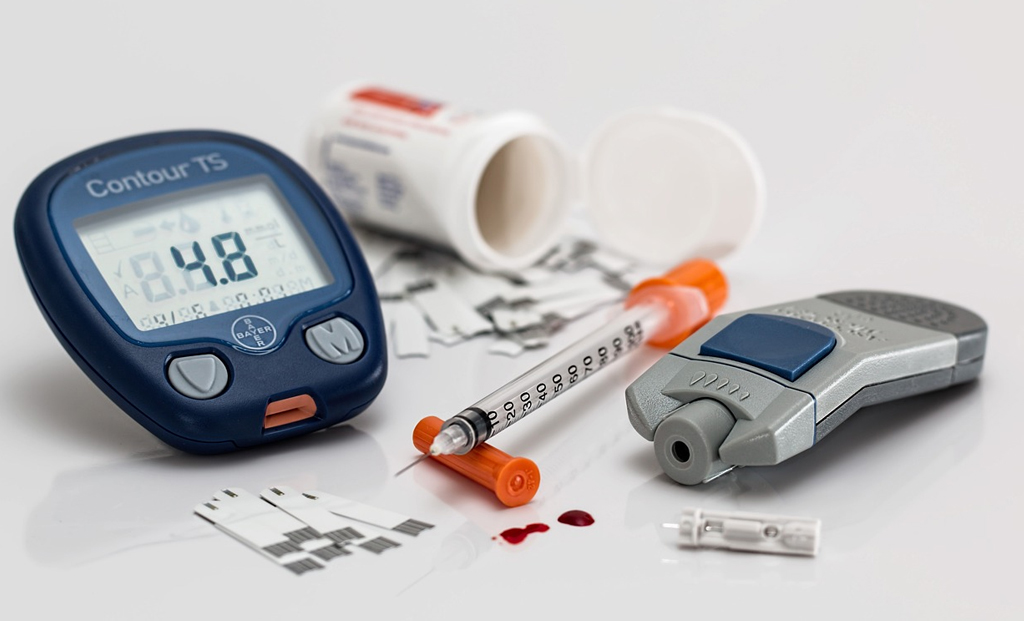Diabetes is a very common disease these days. What is worrying is that people of all ages are getting affected by the disease. A recent study, that has been published in the journal The Lancet, suggests that diabetes is expected to affect over 1.3 billion people in the next 30 years. The study said that all the countries will be witnessing a surge in the number of cases.
The study comes close to the findings of the Indian Council of Medical Research (ICMR) showed that a whopping 101 million people in India suffer from diabetes. The study, which has been published in the journal The Lancet Diabetes and Endocrinology, also said that 136 million people in India are pre-diabetic.
Researchers used findings of the Global Burden of Disease (GBD) 2021 in order to examine the prevalence, morbidity, and mortality of diabetes for 204 countries and territories by age and sex between 1990 and 2021 and forecasted diabetes prevalence to 2050.
Current global prevalence rate of diabetes is 6.1 per cent
They found that the current global prevalence rate is 6.1 per cent and this makes diabetes one of the top 10 leading causes of death and disability.
North Africa and the Middle East were among the countries with the top leading causes of death. In terms of percentage, they had the highest death rate at 9.3 per cent. The study has projected this number to jump to 16.8 per cent by 2050. The death rate in Latin America and the Caribbean is projected to increase to 11.3 per cent.
Want To Boost Your Heart Health? Start Eating Carrots, Spinach, Mangoes | ALSO READ
The study found that diabetes was quite evident among those aged 65 years and older in every country. It recorded a prevalence rate of more than 20 per cent for that demographic worldwide. The highest rate was 24.4 per cent for those between ages 75 and 79.
The data showed that North Africa and the Middle East had the highest rate at 39.4 per cent in this age group, while Central Europe, Eastern Europe, and Central Asia had the lowest rate at 19.8 per cent.
The study also reached the conclusion that almost all global cases (96 per cent) are Type 2 diabetes. Also, high body mass index (BMI) was the primary risk for Type 2 diabetes. This accounted for around 52.2 per cent of disability and mortality. It is followed by dietary risks, environmental/occupational risks, tobacco use, low physical activity, and alcohol use.

